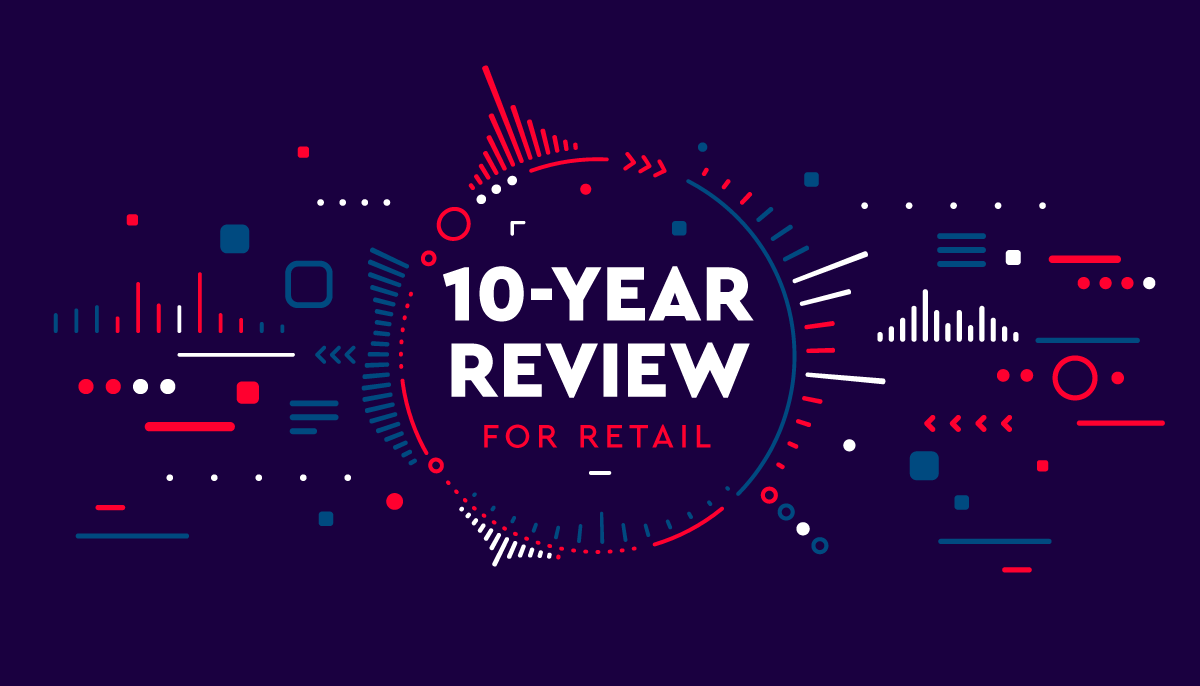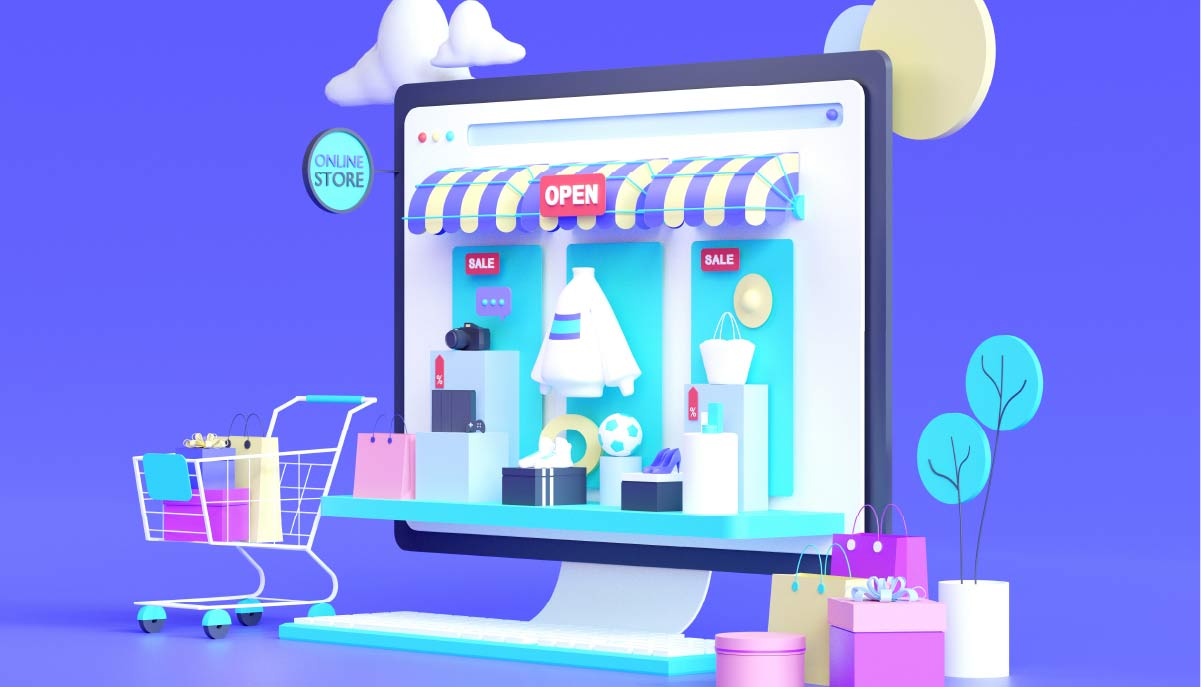
Transitioning Brick and Mortar Concepts to eCommerce
With the release of the 2011 Internet Retailer Top 500 last week there certainly appears to be a buzz surrounding the eCommerce industry and the potential growth opportunities retailers have in this space.
Some of the details from the report are pretty surprising…
- Web sales for the Top 500 in 2010 were up 11.3% from 2009 ($55.32 billion in 2010, $49.68 billion in 2009)
- The growth is not top-heavy with companies ranked between 300 and 500 increasing their combined web sales by double-digits (11.3%)
- U.S. online sales now account for 7.9% of retail sales in categories of products that consumers often buy online, up from 7.2% a year earlier. (Internet Retailer excluded restaurants, groceries, gasoline and similar retail industries)
The eCommerce industry has become a focal point of expansion and growth for retailers with some, including our client Carter’s, debuting on the Top 500 list despite having no eCommerce presence in 2009. This begs the question – what are some key factors retailers should keep in mind when they are transitioning from the brick and mortar world to the realm of eCommerce? (and if you are already selling online, maybe you can contribute an additional factor via comment below :))
1) Customer service is just as important online as it is in stores – One of the key drivers of repeat business in B&M stores is customer service and the same holds true online. While both B&M and eCommerce may offer customer service over the phone, live chat on an eCommerce site is a way to help mimic the “direct contact” a consumer experiences with an employee while at a physical store. Social media is also emerging as a method of “direct contact”, especially Twitter, but some retailers are still figuring out the best practices to deal with social media volume and noise.
2) Patience is also key in eCommerce – “Location, location, location” in the B&M world can probably be replaced by “layout, layout, layout” in the eCommerce space. Given the current state of the eCommerce industry some retailers are rushing to get online as soon as they can. Most retailers wouldn’t lease the first piece of property they see and rush to get the store open, so why do this with eCommerce initiatives? Retailers going online for the first time should take the time to evaluate vendors who fit their needs and are willing to take the time to do things right. When the site launches word will hit the wire and the site will get some traffic, but there’s only one chance to make a first impression. All aspects of the site should be completed correctly from the start to put the retailer in position to listen to user feedback and make changes on the fly from day one instead of fixing issues which should have been resolved before the site launch.
3) Be ready and willing to innovate – Even though patience is critical when getting everything ready for a site launch, the eCommerce industry in general moves much faster than more traditional retail channels. A lease on a physical B&M location may last five or ten years whereas a retailer’s site may have undergone several full site re-designs in that same time period. When entering eCommerce companies must be agile to keep up with new trends and consumer expectations. Just look at some recent innovations including social media (not even a factor five years ago) and the widespread growth of product reviews. While it can be difficult to always be at the forefront of innovation from a fiscal perspective, keeping a close eye on consumer expectations by monitoring industry-related feedback can allow retailers to pinpoint areas of focus for future endeavors.
4) Unite eCommerce and brick and mortar for maximum results – This is something even retailers with an established eCommerce presence are still trying to figure out but it’s certainly worth noting. By uniting the two it can create an easy and seamless shopping experience for consumers including the ability to order online and pick-up in store, return online orders in-store, or even order products online at the B&M store if a specific product is out of stock. Additionally using new technology such as QR codes (which according to the New York Times are really starting to catch on) in store displays and product descriptions can refer customers to product information on eCommerce sites including videos and product reviews.
Although there are still some retailers who are not selling online it’s certainly not too late to start. As the upward trend of consumers shopping online continues to increase not only in the U.S. but internationally, the next few years look to be exciting for the eCommerce industry.


